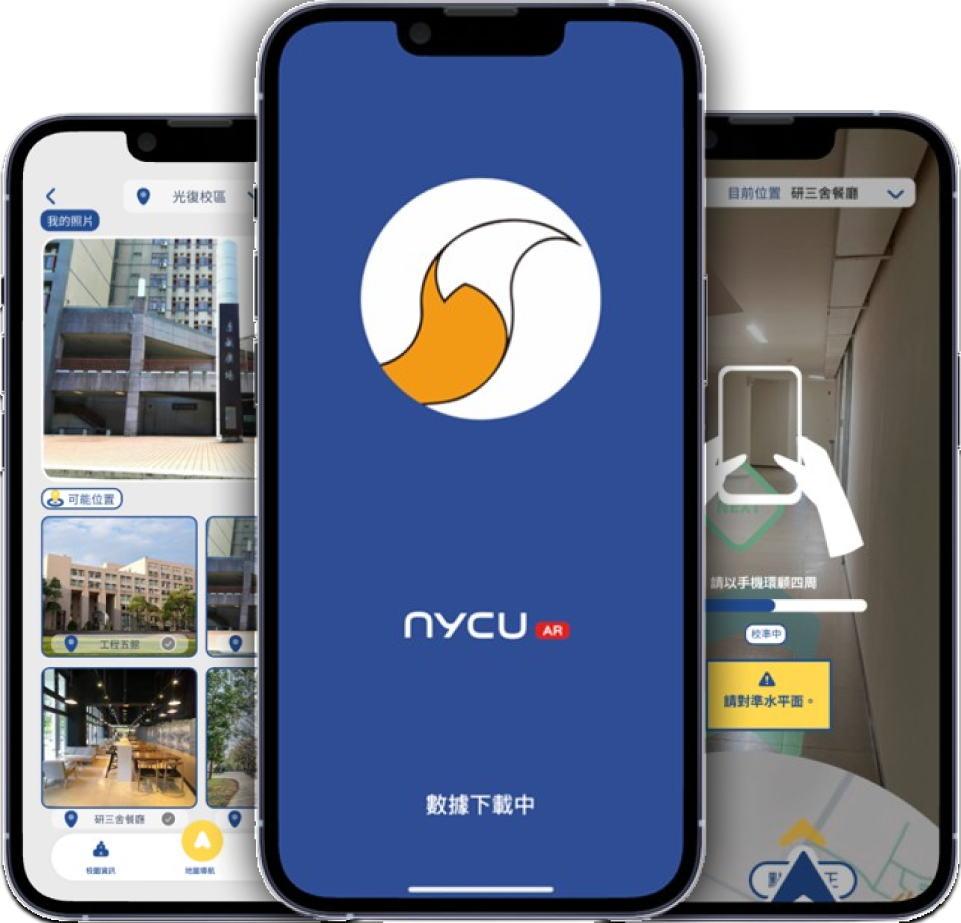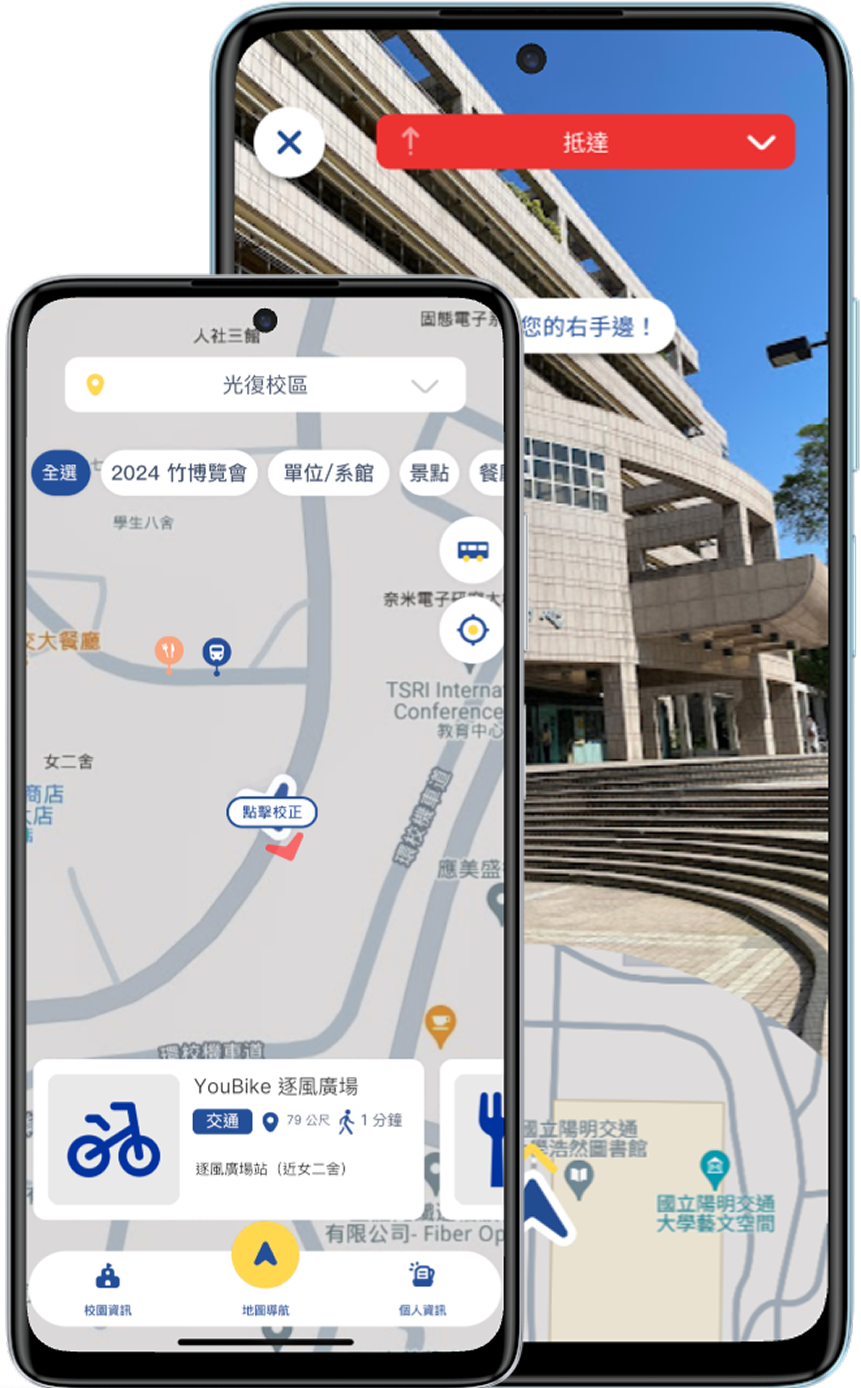
Project Overview
Enhancing the Campus AR Navigation Experience | Environmental Recognition and AR Safety to Increase User Engagement
The NYCU AR App is an AR navigation system developed by National Yang Ming Chiao Tung University for the students.
AR Environment Recognition for Campus Navigation

Enhancing the Campus AR Navigation Experience | Environmental Recognition and AR Safety to Increase User Engagement
The NYCU AR App is an AR navigation system developed by National Yang Ming Chiao Tung University for the students.
The NYCU AR App was designed to help new students familiarize themselves with the campus, but we observed a clear gap in the AR navigation experience. Despite having expectations for AR navigation, students rarely used the feature due to functional and design issues. Therefore, our goal was to optimize the AR navigation experience and make it a practical and engaging tool for campus exploration.
The main challenges included:

This project focused on current students at NYCU, identifying common personality traits on campus to develop a Persona. We found that when using AR navigation, students cared most about fulfilling their sense of exploration and curiosity.
Through initial observations and user interactions, we noticed that many students struggled with AR calibration and recognition issues when attempting to use the navigation feature. These challenges became the foundation for our subsequent research and usability testing.

Starting from Persona research, we recruited five representative students for usability testing and in-depth interviews, observing their real-world behaviors and pain points. Our research highlighted two major issues:
To validate these findings, we conducted a heuristic evaluation based on Nielsen's 10 Usability Heuristics, systematically identifying design flaws that impacted usability and trust. Based on this, we defined our design goal: Enhance the AR environment recognition and navigation safety to satisfy students' curiosity and improve usage willingness.
Based on results from the usability tests and heuristic evaluations, we identified several issues:
Conclusion: The AR navigation lacked sufficient in-process guidance, leading to significant usability problems. Additionally, the absence of a unique value proposition caused users to prefer more familiar and reliable alternatives like Google Maps.
We redesigned the calibration hints and obstacle detection mechanisms within the environment recognition module to ensure safer and more stable navigation across different campus environments. Additionally, we introduced an environment search feature that allows users to instantly access information about nearby facilities during AR navigation, satisfying their curiosity and enhancing the unique value of the NYCU AR App in campus exploration.
We created detailed UI mockups and presented them to the professors and engineering team. Several features and concepts have been adopted, including Calibration Hints and Obstacle Detection Mechanisms. The Environment Search feature, which provides information based on AR environment recognition, is currently being further developed.